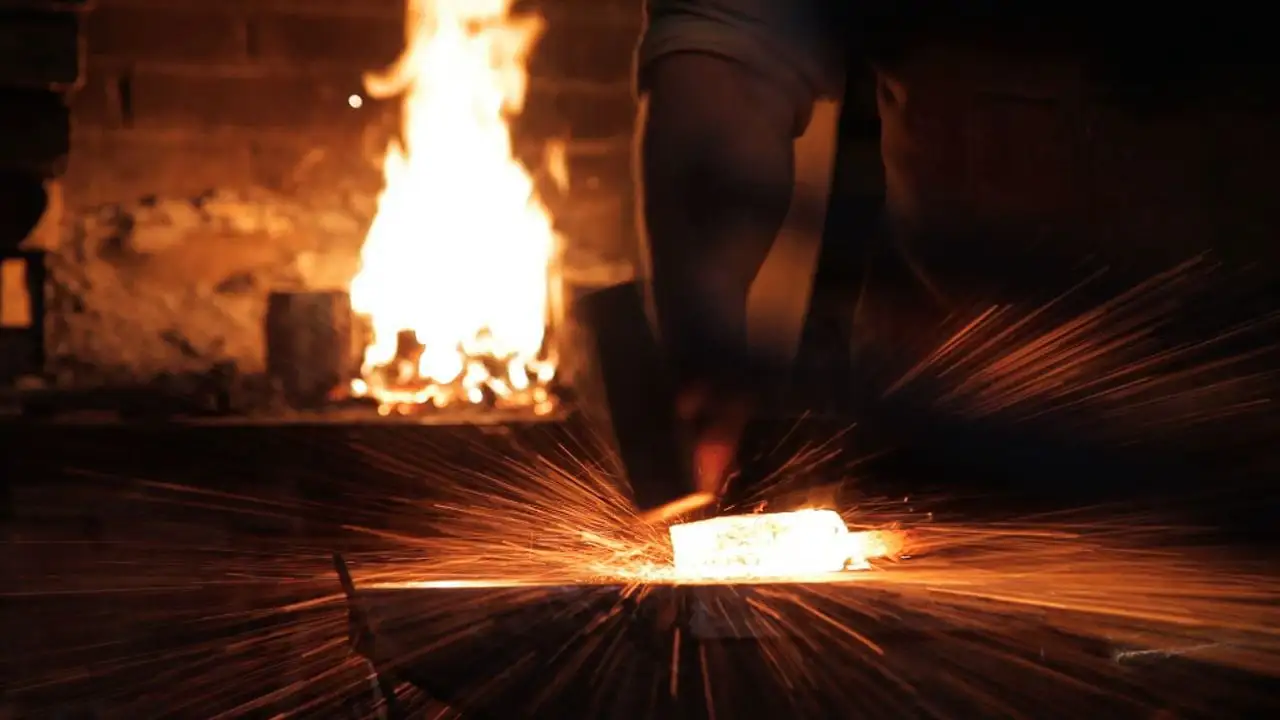Choosing Between S5 Steel and CPM 3V Steel for Your Blade: A Comparative Analysis
Joe is a good friend of Spartan Blades Club, he is a serious sword lover and collector who is respected for his knowledge and passion for swords. Recently, he wanted to customize a high-performance katana, so he was entangled in whether to use S5 steel or CPM 3V steel, so we discussed it and wrote the results of the discussion into this article, hoping to help other sword lovers.
When it comes to selecting the right steel for a blade, the choice between S5 and CPM 3V involves a careful consideration of specific requirements and preferences based on the intended use of the sword. Each steel variant possesses distinct properties that cater to different applications, and understanding these differences is crucial for making an informed decision.
S5 Steel:
- Composition: S5 is a shock-resistant tool steel that typically contains carbon, chromium, vanadium, and molybdenum. It is known for its toughness and resistance to shock.
- Toughness: S5 is recognized for its high toughness, making it a good choice for applications where the blade is subjected to impact or high stress.
- Wear Resistance: While S5 has good wear resistance, it might not be as high as some other tool steels.
- Applications: S5 is commonly used in applications that demand high impact resistance, such as chisels, punches, and certain types of industrial knives.Its toughness makes it suitable for situations where the blade may be subjected to intense stress.
CPM 3V Steel:
- Composition: CPM 3V is a powder metallurgy tool steel that includes vanadium, chromium, molybdenum, and high levels of carbon. The powder metallurgy process enhances its overall performance.
- Toughness: CPM 3V is also known for its exceptional toughness. It can withstand heavy use and is less prone to chipping or breaking.
- Wear Resistance: CPM 3V has good wear resistance, making it suitable for applications where edge retention is important.
- Applications: CPM 3V is favored in applications where a balance between toughness and edge retention is crucial, such as survival knives, hunting blades, and certain types of swords.The steel's versatility makes it suitable for a variety of cutting tasks.
Considerations:
- Intended Use: Consider the primary purpose of the blade. If it's for heavy-duty tasks that involve impact and stress, both steels are good choices, but S5 might have a slight edge in shock resistance.S5 may be preferred for applications that require exceptional impact resistance, especially in environments with potential stress on the blade. CPM 3V is a versatile choice suitable for various cutting tasks, offering a good compromise between toughness and edge retention.
- Edge Retention: If edge retention is a critical factor, CPM 3V tends to excel in this area.
- Corrosion Resistance: S5 may require more maintenance to prevent corrosion, particularly if used in environments with high humidity. CPM 3V's improved corrosion resistance reduces the need for frequent maintenance.
- Manufacturing Process: CPM 3V is produced using a powder metallurgy process, which can result in a more uniform distribution of carbides, contributing to its overall performance.
In summary, both S5 and CPM 3V are high-performance steels, and the better choice depends on the specific requirements of the blade's intended use. Whether prioritizing impact resistance, edge retention, or corrosion resistance, understanding the properties of each steel type is essential for making best decision to your expected balde.


 USD
USD














